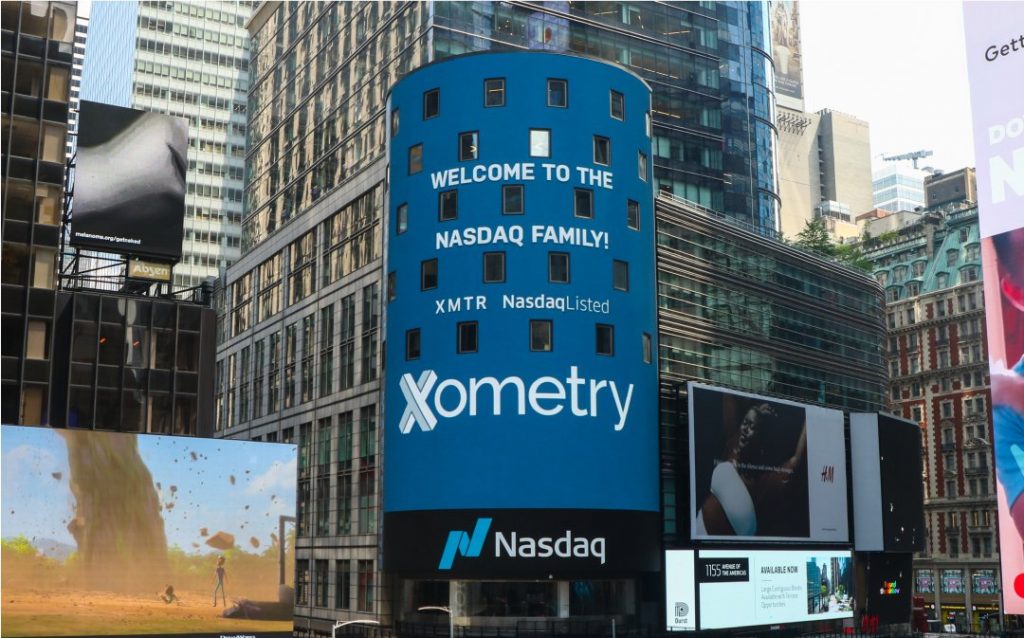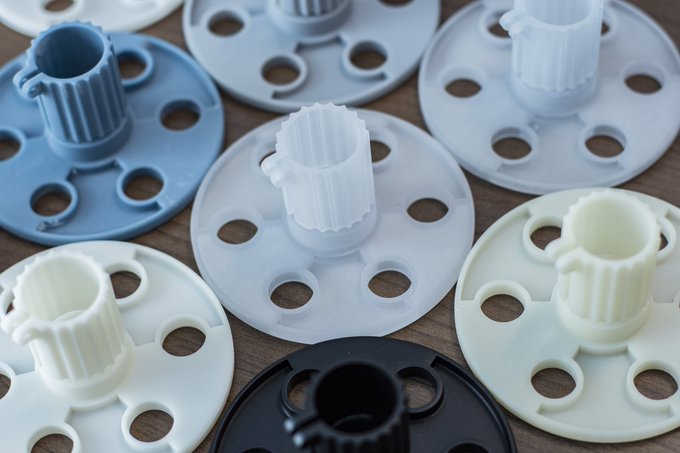Since it went public in June 2021, manufacturing marketplace Xometry has expanded its customer base dramatically, with its number of active buyers rising 49% to 28,130 at last count.
One of the expanding areas of Xometry’s portfolio, its metal 3D printing services, has been key to this success. They now enable users to laser sinter and binder jet parts on-demand.
Another aspect of the company’s appeal lies in the accessibility of its services, and it has even issued a 3D printing guide to help the uninitiated get started.
“The wonderful thing about the Xometry marketplace is that it provides our buyers with convenient and instant access to a large, broad set of seller capabilities,” Xometry’s CEO Randy Altschuler said recently. “Buyers are looking for better options and increased flexibility to help alleviate their supply chain challenges, and there’s frankly no better place for a buyer to go than the Xometry marketplace.”

Xometry’s 3D printing offering
Across its suite of online 3D printing services, Xometry offers customers all the resources they need to rapidly produce either prototype or end-use parts in as little as a single day. All users have to do is upload a CAD file to get an instant quote and lead time, and the services themselves aren’t just for producing thousands of parts either (though that’s achievable), as clients can order single prototypes if desired.
These services are made possible by Xometry’s vast install base of machines, which cover technologies ranging from SLS, MJF, and FDM to Carbon’s DLS thermoset printing process. On the polymer front, the firm also boasts the “widest variety of industrial materials” of any instant-quote platform, including ABS, nylons and elastomers, as well as various flame-retardant plastics.
Xometry says it’s possible to build parts up to 24″ x 36″ x 36″ in size without needing to split or bond them, typically with feature sizes down to 0.030″ – 0.060,” thus they’re capable of addressing a wide variety of use cases.
Switching from traditional manufacturing to Xometry 3D printing, for instance, offers adopters the chance to add complexity to parts without incurring higher costs while reducing their iteration times. The accuracy and repeatability of the firm’s services also allow users to scale their production workflows in demanding industries, and some even hail from the highly-regulated medical and aerospace sectors.

A diverse metal printing portfolio
Xometry’s metal 3D printing offering revolves around two core technologies: direct metal laser sintering (DMLS) and binder jetting. Compared to CNC machining, the company highlights the advantages of adopting both processes’ strength, durability and design flexibility. Technology preference comes down to application, as each method yields parts with different characteristics at varying prices and lead times.
One of the benefits of the DMLS, for example, is that it features compatibility with AlSi10Mg and Inconel and stainless, maraging and tool steels. As a result, DMLS is ideal for making complex, high-quality parts that require robust mechanical properties without needing tooling.
By contrast, binder jetting is a multi-step process that involves selectively depositing a binding agent onto a metal powder bed before this is cured and put into a furnace to sinter. Unlike DMLS parts, those produced via binder jetting are prone to shrinkage; hence they need to be explicitly designed for production using the process, but Xometry also markets its cost and design benefits to clients.
Binder jetting services are cheaper and faster than DMLS; Xometry says that it “allows for higher-volume, cost-effective production.” The process utilizes unused power to support overhangs, making it suitable for complex builds and great for manufacturing parts with 95% or more density.
Across the two technologies, the firm can therefore address the needs of vastly different clientele. While those in the industrial sector can use Xometry’s services to create tooling, jigs, fixtures, stamps, or cutting inserts, the quality of parts produced is sufficient to enable their usage within the lucrative defense, aerospace and robotics sectors as well.

Sharing 3D printing best practice
Away from its core offering, Xometry has also published a virtual 3D printing guide, through which it lays out the pros and cons of several technologies, including all those facilitated by its stable of machines. Covering everything from basics, such as how additive manufacturing works and 3D modeling to post-processing, the online handbook should tell novices all they need to know before placing orders.
Xometry’s guide splits 3D printing into powder bed fusion (PBF), extrusion, material jetting, vat polymerization and ‘other’ categories. Interestingly, in doing so, the firm has been more than willing to highlight the benefits and weaknesses of each. For example, when it comes to extrusion, it suggests that lowering the density of a part’s infill can help keep its weight down, but this will likely impact its strength too.
On the material jetting front meanwhile, the firm points out the process’ unique ability to combine pigmented resins as a means of printing colors, images, and textures in three dimensions. This capability also allows users to experiment with varying rigidities, says Xometry; hence its material jetting platforms represent a “powerful prototyping platform for engineering and marketing evaluations.”
Elsewhere, in terms of PBF and vat polymerization, the guide makes their variances clear. While the former is geared towards the end-use production of variously-sized parts that often require post-processing, the latter’s approach to 3D printing with resin is preferred for low-to-mid volume print runs of small components.
The firm’s guide also covers other metal 3D printing processes along with these in-depth analyses. This breakdown includes directed energy deposition (DED) and electron beam melting (EBM), “innovations on existing processes” from across the sector, and the benefits and drawbacks of different post-processing methods.
Those interested in reading Xometry’s complete 3D printing guide can via its dedicated website.
To stay up to date with the latest 3D printing news, don’t forget to subscribe to the 3D Printing Industry newsletter or follow us on Twitter or liking our page on Facebook.
For a deeper dive into additive manufacturing, you can now subscribe to our Youtube channel, featuring discussion, debriefs, and shots of 3D printing in-action.
Are you looking for a job in the additive manufacturing industry? Visit 3D Printing Jobs for a selection of roles in the industry.
Featured image shows a message from NASDAQ welcoming Xometry to its stock exchange last year. Photo via Xometry.



